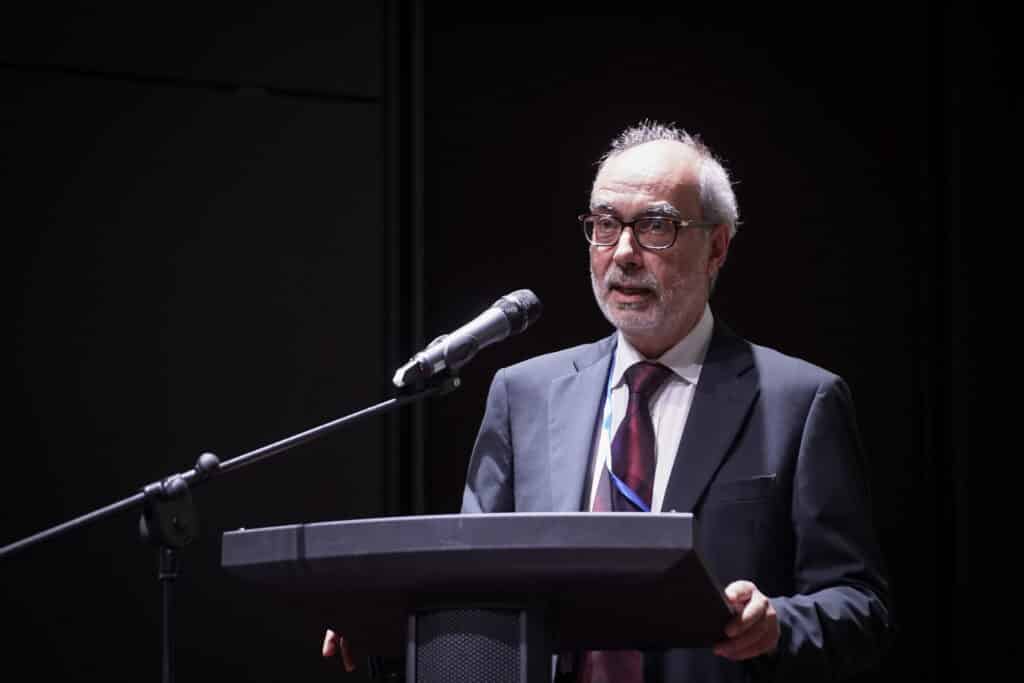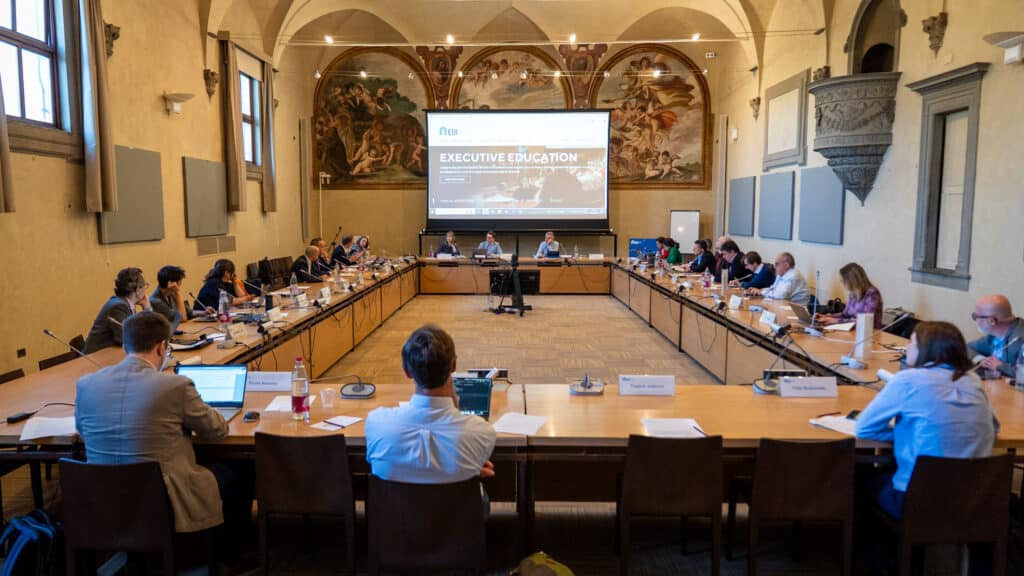From Structures to Services: The Path to Better Infrastructure in Latin America and the Caribbean
To close its infrastructure gap, Latin America and the Caribbean needs more than investment in new structures. This book offers policy options for countries to improve the access, quality, and affordability of services today, to ensure that they will be sustainable in the future, and to harness emerging technological advances for the benefit of all.
The starting point of almost all analyses on the state of infrastructure in Latin America and the Caribbean is the noticeable low investment rates. The region devotes significantly less resources than other developing regions to building new infrastructure assets. Countries invest on average only 2,8% of GDP per year vs. 5,7% in East Asia, 4,4% in South Asia and 4,8% in the Middle East and North Africa. Lack of investment is, however, only part of the problem.
The book From Structures to Services: The Path to Better Infrastructure in Latin America and the Caribbean focuses on how to improve infrastructure in Latin America. It recognizes the need to boost infrastructure investment to begin to close the existing gaps but argues that simultaneous and decisive policy action must be taken on two additional fronts: the efficiency of the infrastructure investment process and regulation of services. The combination of more investment, greater efficiency, and improved regulation hold the key to improving infrastructure services in Latin America and the Caribbean.
Not everything is bad news in relation to the state of infrastructure in Latin America and the Caribbean. The region has made progress to reach universal access to basic infrastructure services such as electricity, water and sanitation and transportation, but quality remains low and affordability is a challenge. Low service quality, higher prices than in other developing regions, and limited cost recovery of service providers mean the infrastructure sector in Latin America and the Caribbean must increase its efficiency. Efficiency has several dimensions: efficiency of investment to generate more assets; the capacity of service providers to make the most of their existing assets to provide services, and; the effectiveness of regulatory institutions to generate incentives for service providers to reduce costs and improve quality.
The book provides an in-depth diagnostic of access, quality, and affordability of infrastructure services in the region as well as examples of regulatory policies that have achieved tangible progress in service provision. The overarching objective is to provide a paradigm shift in the discussions about infrastructure in Latin America and the Caribbean. To date, infrastructure policies and debates have focused disproportionately on hardware (investment in assets) and largely ignored the software of regulation and choice. Correcting this asymmetry and striking the right balance is the challenge facing the region today.
Improving infrastructure services today is essential because the future is upon us. Digitalization will disrupt the provision of infrastructure services. The book includes chapters that develop scenarios of market organization for the energy, transport and water and sanitation sectors based on the extent of adoption of digital technologies. Digitalization will enable supply (for example, detection of water losses and predictive maintenance) and demand (programmable consumption with “Internet of Things”) to be more efficient.
The infrastructure of the future must be environmentally sustainable. Adaptation, mitigation and the role of natural infrastructure must be at the forefront of future infrastructure assets and services. Resilient infrastructure needs upstream planning and building codes. Mitigation requires decarbonizing production of electricity; massive electrification; increase the share of public transport and improve energy efficiency.
The book explores what public policies can help improve infrastructure in sustainable ways and to improve the quality of services provisions. Increasing investment will require improved capacity and novel instruments to attract private sponsors and long-term financing. Improving efficiency of investments will require working on planning institutions, project selection, procurement/corruption and maintenance. And better regulations will require changes in the “regulatory compact” comprising policies, institutions, and instruments and processes. The stakes are high, but the payoffs in terms of increasing quality of life in the region are even higher.
Learn more about this book
Tomás Serebrisky is the Principal Economic Advisor of the Infrastructure and Energy Department of the InterAmerican Development Bank and a co-editor of From Structures to Services: The Path to Better Infrastructure in Latin America and the Caribbean (InterAmerican Development Bank’s 2020 Flagship Report).






